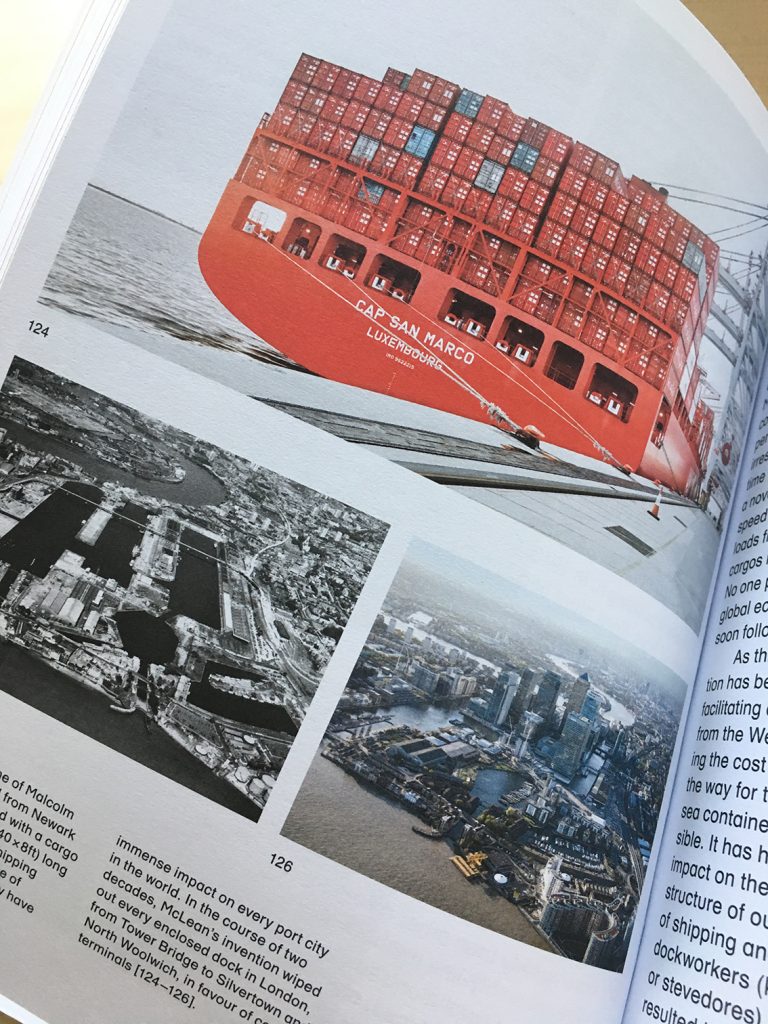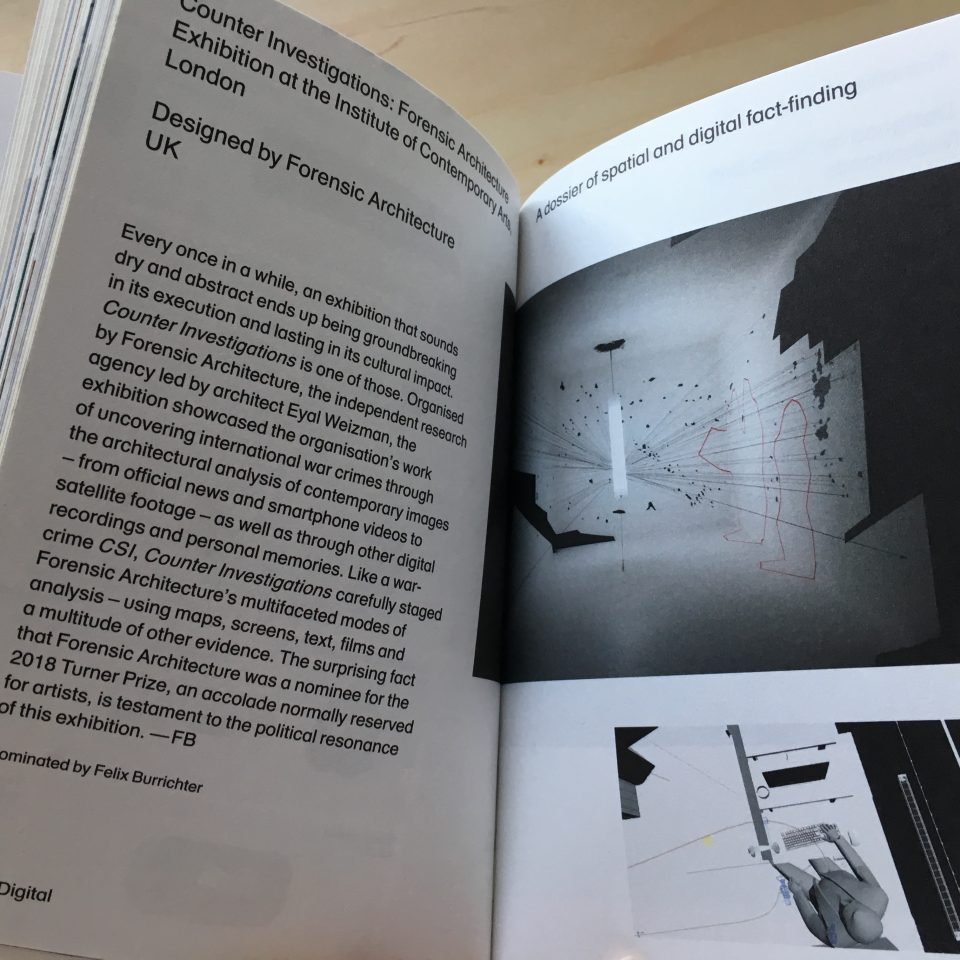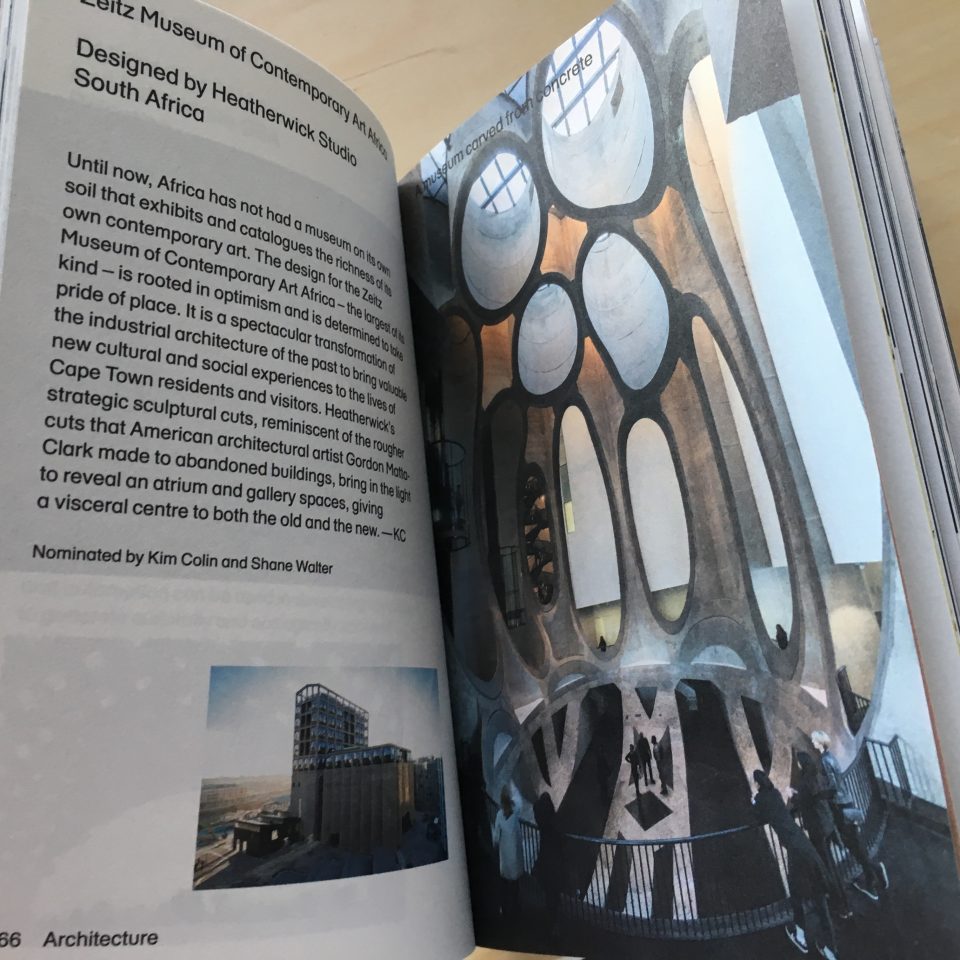On Saturday, a group of 22 Design and Innovation students (and their friends and family) joined the Qualification team and two Associate Lecturers on a tour of the Design Museum’s permanent exhibition ‘Designer Maker User’ and the Beazley’s Designs of the Year 2018 exhibition.
Andy, a U101 student, gives a good summary of the rundown of the day in his blog post (thanks Andi!). We have also uploaded some short video impressions to the desing@open YouTube channel.
So I’ll focus on what I took from the discussions we had in this post.
After the visit to the permanent exhibition, we grabbed some lunch and sat in the Common Room to discuss our impressions and thoughts. I was always fascinated by the design of the standard shipping container and what immense consequences this simple, yet hyper-effective and efficient design had on the modern society. The shipping container has optimised global trade and freed dock workers from back-breaking work of loading and unloading ships, but what were the unintended consequences? An ever more affordable transport of goods across continents, optimised supply-chains, increased production and due to the economics of scale decreased prices and rising demand. Now we are in this situation where such a fantastic design as the shipping container is part of a huge problem.
How can we justify, as designers (makers, users), to create (make, consume) more when in the light of the levels of pollution we should produce and consume less?
Recycling has been the mantra for a while now. But China’s recent import stop of rubbish other countries have produced for recycling, and consequently growing mountains of unrecycled rubbish in the West, restates the question: shouldn’t we produce less in the first place?
A student pointed out in the discussion at my table, that we tend to blame others. We say ‘they don’t do enough’, but who is ‘they’, pointing out the packaging of our take away lunches and drinks around the table? Although I carry reusable drink containers, I didn’t bring my own lunch. I consumed and produced more plastic rubbish.
We didn’t come to a conclusion on how to deal with our personal consequences, but as the clock dictated our timed slot to visit the Beazley Designs of the Year 2018 exhibition the sustainability theme continued during the show. Natural or degradable materials were everywhere, in the design of architecture, packaging and fashion, you name it. The ‘Trash Isles’ claim to a national identity and recognition as an official country is a superb campaign to raise awareness of the extent of trash accumulating in the oceans. More about this can be read here: https://designmuseum.org/exhibitions/beazley-designs-of-the-year-2018/qa-with-trash-isle.
To be honest, the design of the year 2018 overall winner Counter Investigations by Forensic Architecture (https://www.forensic-architecture.org) has thrown me a little at first. Although submitted to the digital category, it actually defies any categories of design. With a demonstration and exhibition of forensic work to uncover war crime scenes, it questions the role and the ethical responsibilities of a designer. The same project was shortlisted for the Turner Art price, which demonstrates, even more, the border-crossing characteristics of this work.
The design of a portable operating theatre that fits in a backpack, the people’s choice award, is a truly fascinating piece of product design. Its design process blurs the boundaries of designers, makers and users. The doctors who collaborated in its design said, they wanted to “design something that’s versatile enough and cost-effective enough to work anywhere, but high-enough quality that we ourselves would want to use it.” Read more about it here: https://designmuseum.org/exhibitions/beazley-designs-of-the-year-2018/qa-with-debbie-lin-teodorescu-surgibox
The design I could connect to most was the winner of the Architecture category. A grain of rice was the inspiration for a transformation process of an unused grain silo into a museum of Contemporary Art in Africa.
Our discussions of Beazley’s designs of the year mirrored the themes of sustainability, identity and responsibility, and maybe if you were with us on that day or visited the museum another time, comment below about what has moved you most.






Leave a Reply